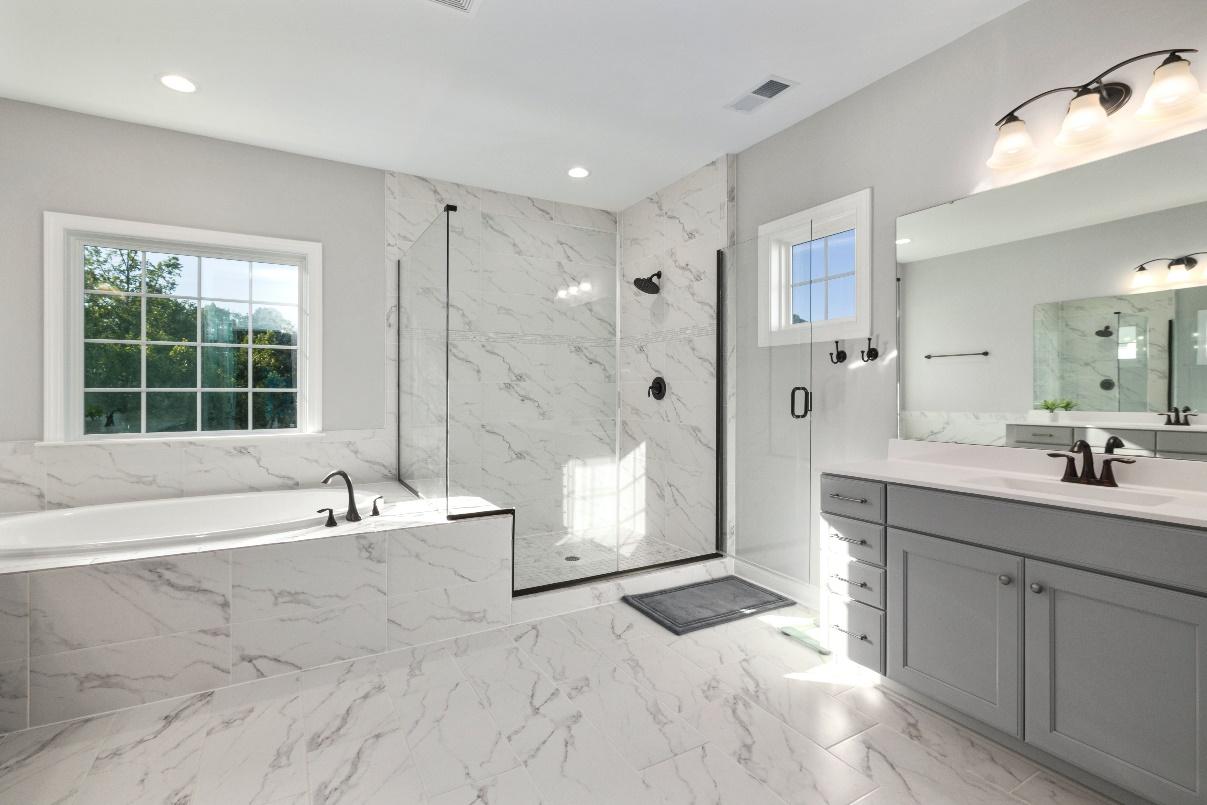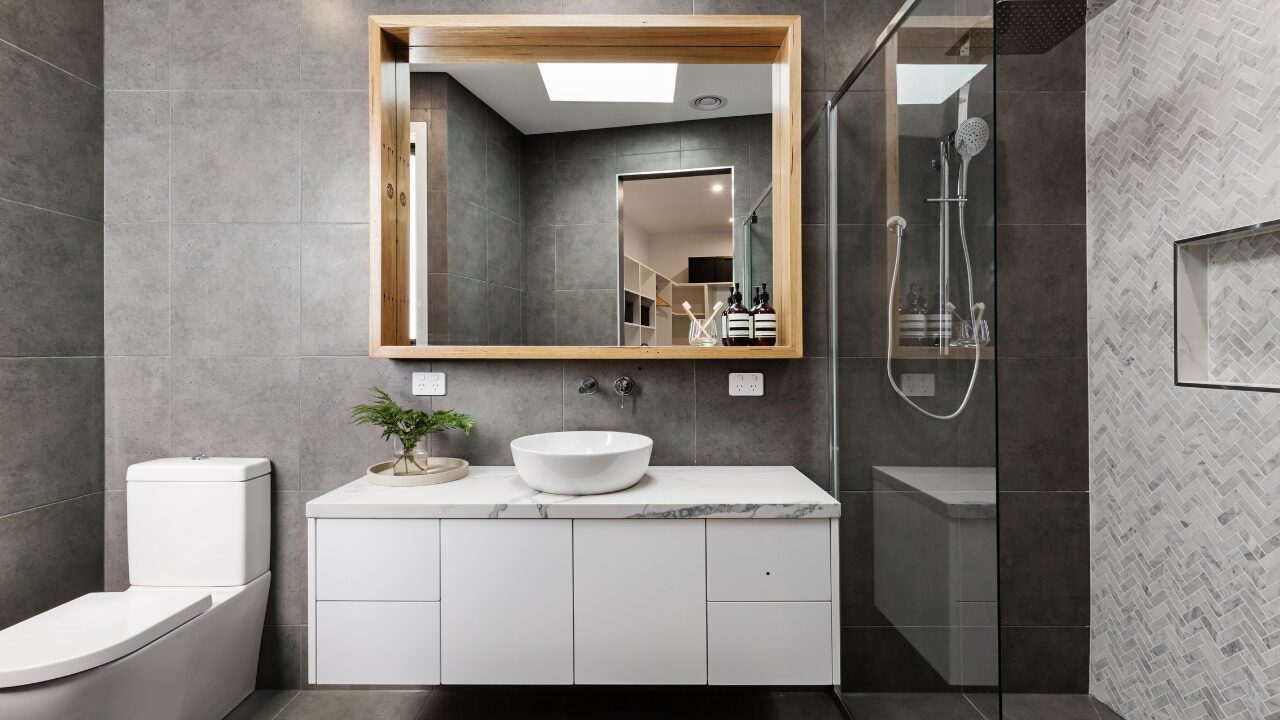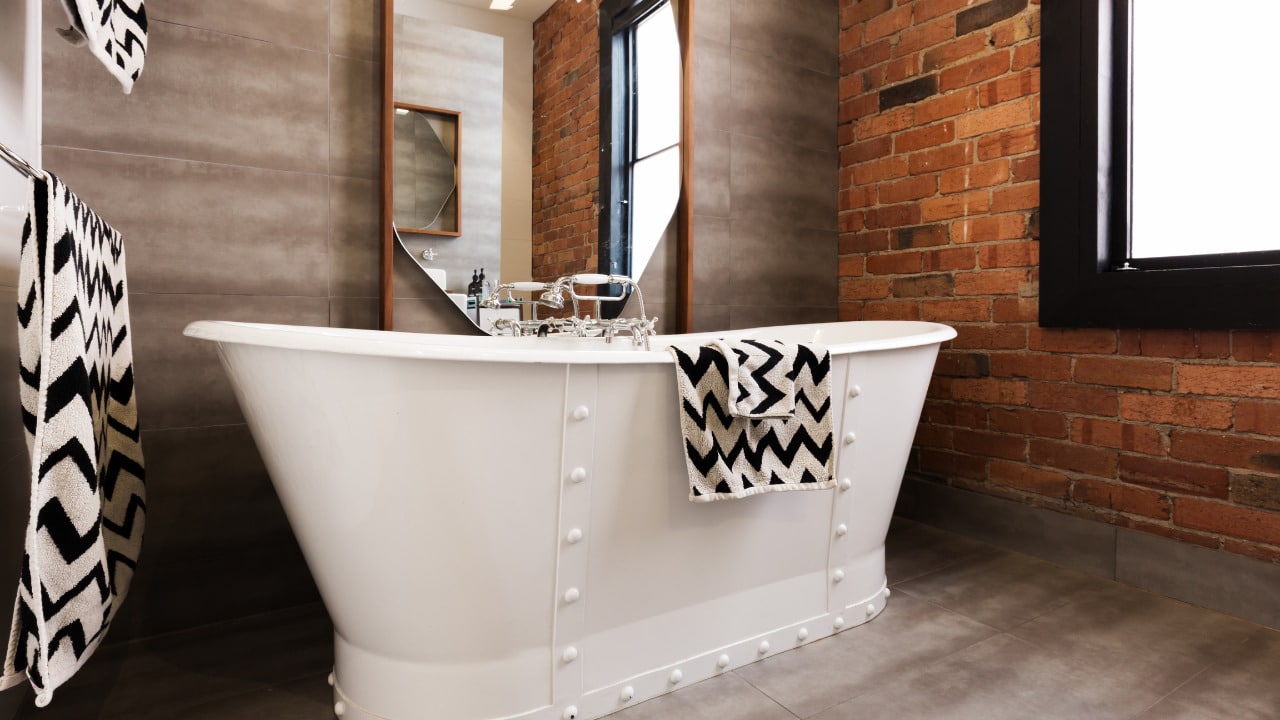Renovating your bathroom doesn’t just make it look better – it can also boost the value of your home. In places like Fort Worth, where the housing market is competitive (especially in neighborhoods like Arlington Heights, where homes sell for around $522.5K), sprucing up your bathroom can be a smart investment.
But for first-time homeowners, the idea of remodeling might seem scary. If you’re in this boat and want to make sure your home stays valuable, this blog has tips to help you out.
You’ll learn about using your space wisely, choosing the right things to install, and managing your budget.
Whether you’re looking to make small changes or completely transform your bathroom into a relaxing spa, this blog is here to guide you through it all, making your first home renovation project a success while adding value to your home.
Table of Contents
DIY versus Hiring Professionals:
Before tackling a bathroom remodel in Fort Worth, evaluate your abilities and the project’s complexity. While tasks like painting or changing fixtures might be doable on your own, intricate work like plumbing, electrical, or structural changes require expert help.
Fort Worth’s climate and building standards mean it’s crucial to hire professionals who understand the area’s unique challenges.
Bringing in local professionals for bathroom remodels in Fort Worth guarantees adherence to local regulations and codes. Their expertise allows them to handle specific area-related challenges, such as humidity control and foundation considerations, resulting in a more long-lasting renovation.
Establishing a Realistic Budget:
Before starting any renovation, figure out how much you’re comfortable spending. Look at your overall financial situation, including debts, monthly expenses, and future goals. Decide on a budget range for the bathroom remodel, considering necessary costs and money for design elements.
Then, divide the budget into categories like fixtures, tiles, labor, and potential unforeseen expenses. Research local material and labor costs to create an accurate estimate. Give priority to essential items and allocate funds accordingly. Don’t forget to set aside 10-15% extra for unexpected costs or changes.
Creating a clear and practical budget at the beginning enables you to make well-informed choices during the entire renovation process.
Designing the Layout:
To plan your bathroom remodel’s layout, start by reviewing how fixtures are currently arranged. Look for areas that hinder functionality or waste space.
Simple changes like adjusting the toilet, sink, or shower placement can make better use of the room. Keep in mind that moving plumbing or electrical points can increase expenses. Sketch a basic floor plan to visualize the new layout and ensure a smooth flow between elements.
Consider practical aspects like easy storage access and everyday convenience. For example, positioning the shower near the entrance can prevent water from splashing on other fixtures. Focus on creating a comfortable and user-friendly space that works well for daily routines.
Choosing Quality Materials:
Selecting the right materials for your bathroom remodel might feel overwhelming, but it doesn’t have to be. Focus on quality rather than quantity to simplify the process.
Opt for fixtures and materials known for their durability, especially in a moisture-prone space like the bathroom. For instance, consider porcelain or ceramic tiles for floors and walls due to their durability and easy upkeep. Quartz or granite countertops offer both elegance and resistance to water damage.
Visit local showrooms to see and feel the materials firsthand before making a decision. Request samples to test how they handle moisture and check customer reviews to understand the longevity and performance of your chosen materials.
Regarding dependable bathroom fittings, selecting the Saniplus toilet proves to be a superb decision, renowned for its straightforward installation and effective performance.
Invest in Energy-Efficient Lighting:
Alongside durable materials, integrating energy-efficient methods is crucial for a bathroom upgrade. Start by choosing fixtures like low-flow toilets, faucets, and showerheads. These save water without sacrificing functionality, cutting down on both water usage and utility expenses. Also, consider LED lighting, which consumes less energy and lasts longer than regular bulbs.
Another step is to add a programmable thermostat for radiant floor heating systems. This lets you manage heating schedules, saving energy when the bathroom isn’t in use.
Lastly, maximize natural light by strategically placing windows or skylights. This helps reduce the reliance on artificial lighting during daylight hours.
Improving Room Ventilation:
Effective ventilation is essential for bathrooms, known to accumulate moisture that can cause mold and mildew issues. To improve airflow, consider installing a reliable exhaust fan suitable for your bathroom’s size. Look for a fan that can complete an air exchange every eight minutes. Place the fan near the shower or bathtub to promptly remove moisture.
Ensure the exhaust fan vents outside rather than into the attic to avoid condensation problems. Adding timers or humidity sensors can automate the fan’s operation, aiding efficient moisture control.
Proper ventilation not only maintains your renovated bathroom’s appearance but also prevents mold growth, reducing the risk of structural damage.
Optimizing Storage Solutions:
In addressing space constraints, a bathroom renovation provides an excellent opportunity. Start by identifying unused areas like walls or above the toilet. Maximize vertical space with floating shelves or wall-mounted cabinets. Consider a vanity with built-in drawers or shelves for organizing toiletries and towels.
Explore multifunctional furniture like mirrored cabinets or recessed shelving units, serving both storage and functional purposes. Stylishly organize smaller items using baskets or bins on open shelves. Additionally, utilize the back of the bathroom door with hanging racks or hooks for towels or robes.
Testing Fixtures Before Installation:
Prior to final fixture installation, ensure to test each component to avoid post-renovation issues. Test faucets for leaks and irregular water flow. Check the shower for consistent water pressure and temperature. Ensure drains are unclogged. Assess accessory functionality such as towel bars and soap dispensers.
Examine electrical fixtures like vanity lights and exhaust fans to guarantee smooth operation. Addressing any issues before permanent fixture placement helps prevent costly corrections later.
Avoid Rushing the Process:
Avoid hurrying through the renovation—a common pitfall for first-time homeowners. Take ample time to plan meticulously, from design choices to choosing contractors. Rushed decisions can lead to costly mistakes and compromise the final result’s quality.
Begin by researching materials and fixtures, comparing prices, and establishing a realistic budget. Create a detailed timeline accounting for delivery times and contractor availability. During the renovation, focus on each task with precision, ensuring accurate measurements and precise installations.
Conclusion:
With these guidelines, first-time homeowners can effectively navigate a bathroom renovation, crafting a space that harmonizes functionality, style, and comfort while staying within their budget. Remember, careful planning and paying attention to details are vital for a successful renovation experience.





